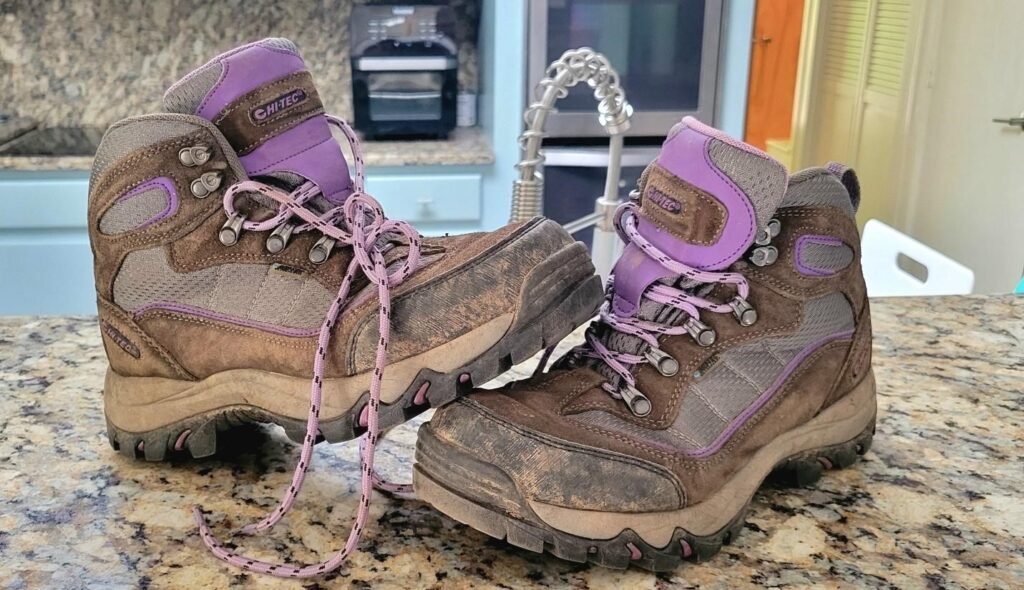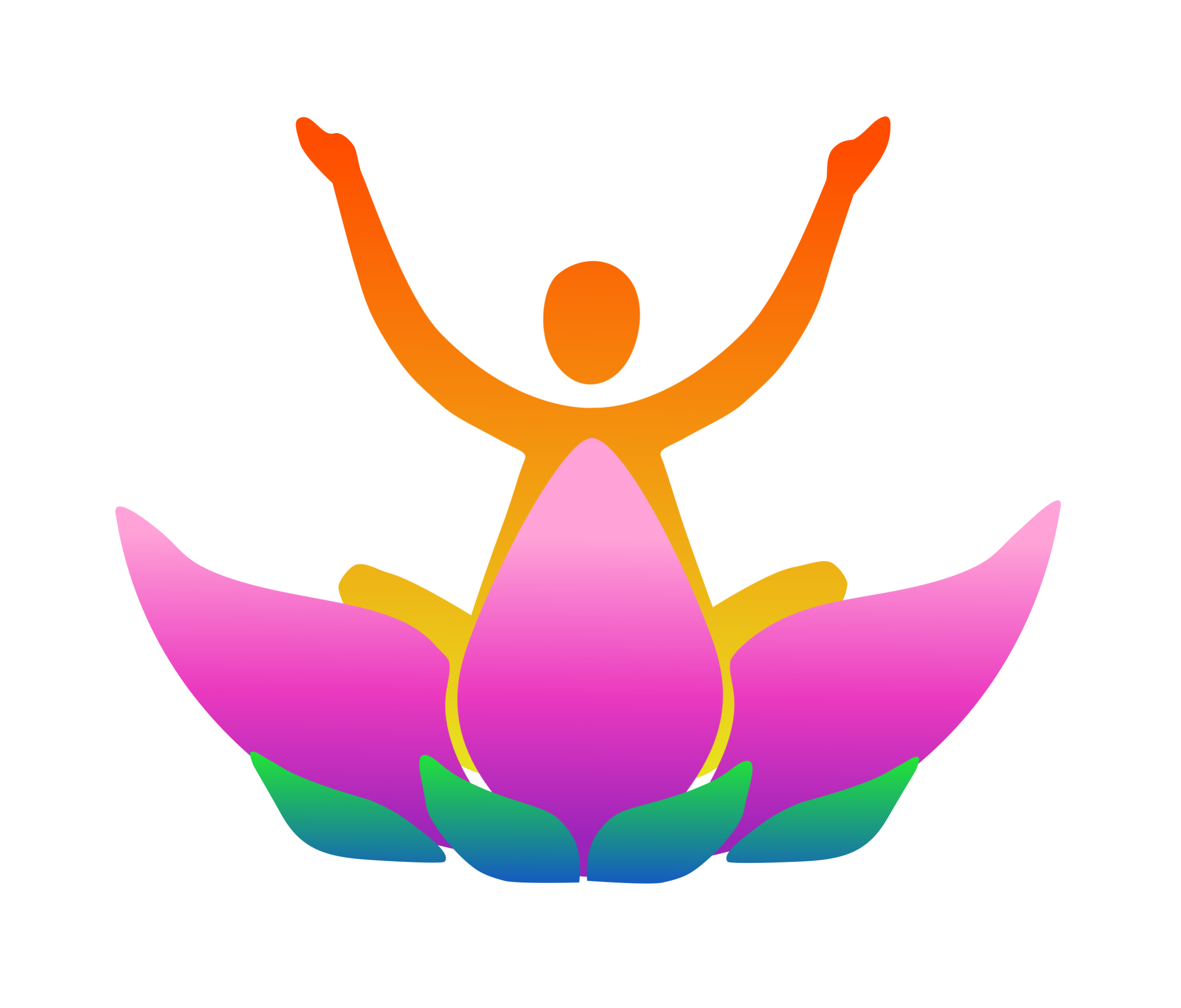
Dear reader, take a look at the people around and snoop into yourself. Would you agree that we display similar responses of happiness when planning an expedition, an encounter or an event? Think of the time prior to an imminent adventure and notice that specific tickle of joyous anxiety. We might experience more positive psychological value compressed into the days prior to an adventure than during the adventure itself.
I might not be a detail-oriented planner, fearful that planning might possibly diminish the value of here-and-now. As a result, I balance between planning and leaving enough to chance and spontaneity. But while I like to plunge into situations and solve obstacles as they present themselves, I also get excited about dreaming up agendas and setting goals.
Allow me to share one example of how I concocted an adventure that I am now in the phase of anticipating – a hike to the pinnacle of Mt Fuji, or rather to the crater since Mt Fuji is an active volcano.
It might come as a surprise, but Mt Fuji is not the culminating destination for this trip. The actual main goal is Truk Lagoon in Micronesia, but dreams and plans start small and tend to expand like the air in an ascending helium balloon.
When I became a certified diver my closest diving opportunities were off the coast of North Carolina, the area known as “the graveyard of the Atlantic.” As time went on, I developed a preference for diving shipwrecks and artificial reefs and when I learned about Truk, “the biggest graveyard of ships in the world,” I wanted to go there.
One day I went to my dive shop’s website, and OMG! Posted on their travel page was a trip to Truk!! Quickly, I swiped the screen from Chrome browser to Phone keyboard and eagerly pressed the round-green dial icon. Unfortunately, all the spots for the Truk trip were already reserved. All I could do was put my name on the waiting list in hopes that life events force someone to drop out. Weeks passed and I almost forgot about the trip.
Fast forward three months to the moment when I got a call from Billy, the owner of the dive shop, announcing that a spot for Truk opened up. Glory to the gods of chaos!! Without a speck of hesitation, I jumped on the opportunity and as quickly as I could tap my credit card on an RF reader, I placed my deposit.
Now that my spot was secured it was time to plan my travel. I researched airfares and noticed that while most of my choices were extremely limited and frankly pretty pricey, for a little over $2,500, United Airlines would fly me to Truk via Osaka, Japan and then back home via Honolulu.
Well, how exciting! My mind raced and started to dream big.
What if I do a few days layover in Osaka and another one in Honolulu on the way back?
How would that affect the airfare cost? Not at all — the price remained the same!
Huzzah! Put a grass skirt on me, a painted coconut bra, and a white bandana with a sign of the rising sun on my forehead. Exotic locations, here I come.
I was ecstatic with the concept of a potential around the world exploration. Not only will I have an opportunity to explore new cities but I will break up the thirty something hour flight to Truk. It certainly will be better to arrive on the liveaboard already partially adjusted to the local time zone. Also, a stop in Honolulu would be nice, considering that I have not been there in over a decade.
But before I committed, I quickly checked into the cost of hotels, to avoid incurring astronomical costs. I was pleasantly surprised when I learned that I can stay in a mid-range hotel in Osaka for thirty dollars per day. Maybe the hotels are so inexpensive as a residual of COVID, or maybe I will wake up missing a kidney. My friends assured me that Japan is very safe and people who go there with two kidneys come back with both of them intact. I checked on available accommodations in Honolulu and found a VRBO walking distance to Waikiki Beach for sixty dollars per day plus a cleaning fee and a service fee. Once again, I wondered if this was a residual of COVID or should I worry about my internal organs.
I now had my destinations planned but no grand activities other than of course diving in the Truk Lagoon.
My brain started to spin. – Osaka could be interesting, but it is probably just another big city in Japan. What if I could climb Mt Fuji, now that could be an adventure worth endeavoring upon.
After limited research, I booked a hostel at the foot of Mt Fuji for two nights at twenty-five dollars per night (here goes my third kidney, but remember, Japan is a very safe country). For these prices, I did not bother to adjust my hotel in Osaka where I planned to leave my luggage and diving equipment. I would carry only hiking necessities to the Mt Fuji Hostel.
I learned that Mt Fuji is a very popular destination. In season it is so crowded that there is a line at the top to get to the peak of the volcano. I figured, Ha! Because of the popularity, I can do the climb solo – safety in numbers (of strangers).
My plan was coming together.
Fast forwarding a few weeks to when I reviewed my calendar and my reservations. I double checked the Mt Fuji idea and realized that my climbing day was on June 27th and the Mt Fuji hiking season does not start until July 1st. It is a shame that I am missing the season by only four days, but the liveaboard date is set in stone and not negotiable.
OMG! What am I to do? Change plans and hang out in Osaka, or take a side trip to Hiroshima, or Kyoto?
No, way! – my mind was set on Mt Fuji. I had a will and I needed to find a way.
Considering that all the huts and sanitary facilities on the way to the peak are closed during the off-season, I realized that there will not be an organized support network and safety in numbers (of strangers) is not an option. My only alternative was to hire a private guide; that set me back by about $450. Oh! Well – so be it.
This is once in a lifetime event and a nice check mark on the bucket-list.
I am not even sure if Mt Fuji was on my bucket-list.
With that in mind, I paid up for a private guide.
Do I even have a bucket-list, should I make one?
The next task was to figure out how to get from Osaka to Fujiyoshida using public transportation. Google maps are wonderful but the path appears to be complicated. It is intimidating and also exciting to think of the numerous trains and buses that I will use during my travels, including the Shinkansen (aka bullet train). The entire trip will take me a little over five hours. I decided to reserve an entire day for the trip allowing myself enough time to get lost, miss a train or a bus, and then to be found again by deploying corrective actions without too much stress. To simplify things, I decided to purchase a one-week tourist pass for JR transportation. If I am correct, that means that with a pre-paid ticket, I will be able to get on all the trains (certain exceptions apply) and hopefully also all the buses and not worry about purchasing individual tickets. One less problem to solve when I am on the ground.
For only twenty-eight dollars, the same company that offered JR passes, also offered one-week unlimited data cards for a mobile phone. That seemed like a good idea and an additional safety for when things might get complicated, out-of-hand, or I need to call authorities in an effort to protect my kidneys.
I breathed an air of relief, feeling that I had my basics for the Japan leg of the trip figured out. The next day when I looked into my inbox there was an email from my guide. She asked me to email her a picture of the shoes that I intend to wear when climbing Mt Fuji.
Hmm? A little peculiar, but OK.
At the bottom of the email the reason for the request was explained. If there is snow or ice on the mountain, we might need to use crampons. I have never used crampons in my life and needed to google what a crampon is.
I looked at the picture of the apparatus and thought that this off-season climb could be serious business. I decided to take a little extra time to look at the recommended equipment.
Recommended Equipment List:
Hiking boots, low gaiters, and thick socks
Tights, fleece, and trekking pants
Gloves
Full rain suit
Hat and head lamp
Backpack and trekking poles
There was also a list of consumables: water, food, sunblock.
What struck me as curious in the email from the guide was the following note: “There are no restrooms or shops along the route during the off-season in Fuji. The guide has disposable toilets and will give them to you if you need them. After use, please take them to your next hotel as garbage (there are no garbage cans on the mountain).”
What is a disposable toilet?
Is it simply a zip-lock bag in which I will carry my pee up and down Mt Fuji until we reach a trash can? Gosh, I hope that I will not need to poo.
I decided not to google this topic, some things are better to remain unknown.
At the end of the email, I learned that all the items on the Recommended Equipment List could be rented at a local shop for about $150. I certainly will not need hiking gear for diving in the Truk Lagoon so I considered the rental option. A few minutes later I reconsidered. I will be traveling with a backpack anyway and I certainly prefer to wear my own hiking shoes as opposed to fitting my feet into someone else’s toe jam. As for the rest of the items, I either already have them, or I could buy them on the cheap from Amazon. The only negative is the burden of lugging and transporting the stuff around the world. But I am a frequent flyer and that comes with its privileges, one of them is the right to check-in two pieces of luggage at no incremental cost.
The final decision: I will lug the stuff with me.
With all the rudimentary planning completed and high-level decisions made, I entered into the phase of joyous anxiety and anticipation of the new adventure ahead of me.
Stay tuned for the story about how this master plan worked out and how many kidneys I came back home with.
Thank You to my editor Bella Y.



Hahahaha looking forward to hearing all about it & how you kept both your kidneys!
looking forward to the pictures!